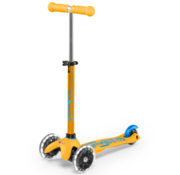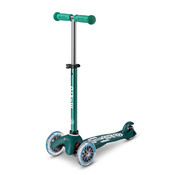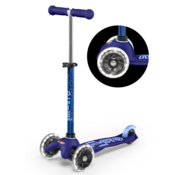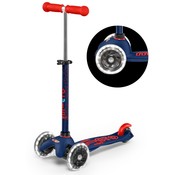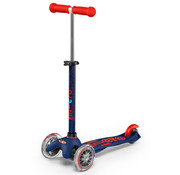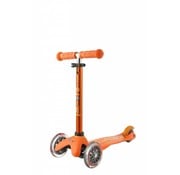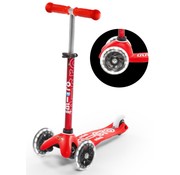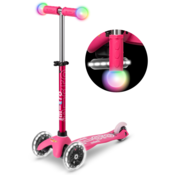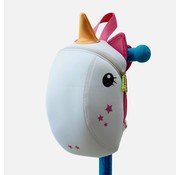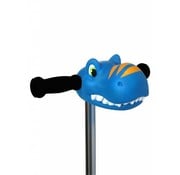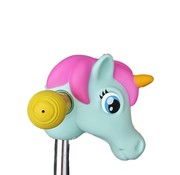Scooters
Scooters are good for practicing your balance. For children, who have used scooters often, it is easier to make the switch to a bicycle. Training wheels are often not a necessity anymore. Besides, practicing with a scooter is very good for your health
-
Micro Step Mini Micro Deluxe Apricot LED
€ 109,95
Compare -
Micro Step Mini Micro Step Deluxe Aqua Led
€ 109,95
Compare -
Micro Step Mini Micro Step Deluxe Blauw
€ 99,95
Compare -
Micro Step Mini Micro Step Deluxe ECO Limited Edition
€ 109,95
Compare -
Micro Step Mini Micro Deluxe ECO Mint LED
€ 119,95
Compare -
Micro Step Mini Micro Step Deluxe Inklapbaar Ocean Blue
€ 109,95
Compare -
Micro Step Mini Micro Step Deluxe Inklapbaar Robijnroze € 109,95
-
Micro Step Mini Micro Deluxe LED Lavender
€ 109,95
Compare -
Micro Step Mini Micro Step Deluxe LED Blauw
€ 109,95
Compare -
Micro Step Mini Micro Step Deluxe LED Marineblauw
€ 109,95
Compare -
Micro Step Mini Micro Step Deluxe Marineblauw Rood
€ 99,95
Compare -
- Gratis cadeauservice
- Gratis cadeautje bij je bestelling
- 30 dagen bedenktijd Niet goed? Geld terug!
-
Micro Step Mini Micro Step Deluxe Ocean Blue
€ 99,95
Compare -
Micro Step Mini Micro Step Deluxe Oranje
€ 99,95
Compare -
Micro Step Mini Micro Step Deluxe Rood Led
€ 109,95
Compare -
Micro Step Mini Micro Step Deluxe Roze
€ 99,95
Compare -
Micro Step Mini Micro Step Deluxe Zwart Led
€ 109,95
Compare -
Micro Step Mini Micro Step Magic Aqua
€ 119,95
Compare -
Micro Step Mini Micro Step Magic Roze
€ 119,95
Compare -
Micro Step Kids Neoprene Dino Bag
€ 29,95
Compare -
Micro Step Kids Neoprene Scooter Bag
€ 29,95
Compare -
Micro Step Scootaheadz Timmy T-Rex
€ 19,95
Compare -
Micro Step Scootaheadz Dino Groen
€ 19,95
Compare -
Micro Step Scootaheadz Eenhoorn Mint
€ 19,95
Compare
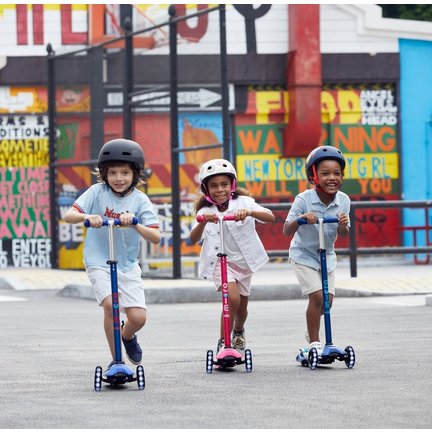
How to choose the right scooter?
Mind the used bearings. Scooters in our assortment have the best bearings. For example, the Micro Sprite Autumn Red has an ABEC value of 9. ABEC 9 bearings guarantee the greatest precision and durability.
The deck, which is where the feet are. The width of the deck determines the stability of the scooter. If a deck is wider, it is easier to keep your balance. This is very important for a beginner. The material of which the deck is made, can influence the resilience of a scooter. A deck made of fibreglass will ride more comfortable on soft surfaces, compared to a deck made of metal.
The wheels are important for the stability of a scooter. A scooter with 2 wheels on the steering side is very stable and suitable for beginners, even for young children. The scooter is developed to be able to keep standing, while it is not used. The width of a wheel is also very important, if you ride the scooter on a soft surface.
Both a scooter (step) and a balance bike have different advantages for children in terms of their development and motor skills. Here are some benefits of a scooter compared to a balance bike:
-
Coordination: Riding a scooter requires better coordination of movements as children learn to shift their body weight and balance while scooting. This can improve their motor skills and balance control.
-
Speed and Rhythm: With a scooter, children can build up speed and move in a rhythmic pace by scooting. This can help them develop a sense of timing and rhythm, which can be beneficial for their overall motor development.
-
Agility: Generally, a scooter is more maneuverable than a balance bike, especially when it comes to turning and navigating in small spaces. This can help children enhance their agility and responsiveness.
-
Portability: A scooter is typically more compact and lighter than a balance bike, making it easier to carry or transport, for example, during outings or to parks.
It's important to note that both a scooter and a balance bike can be valuable toys for a child's motor development. It may also depend on the child's preference and interest. Some children may enjoy the motion and speed of a scooter more, while others may feel more comfortable with a balance bike. Therefore, it's good to consider the specific needs and preferences of the child when making a choice.


